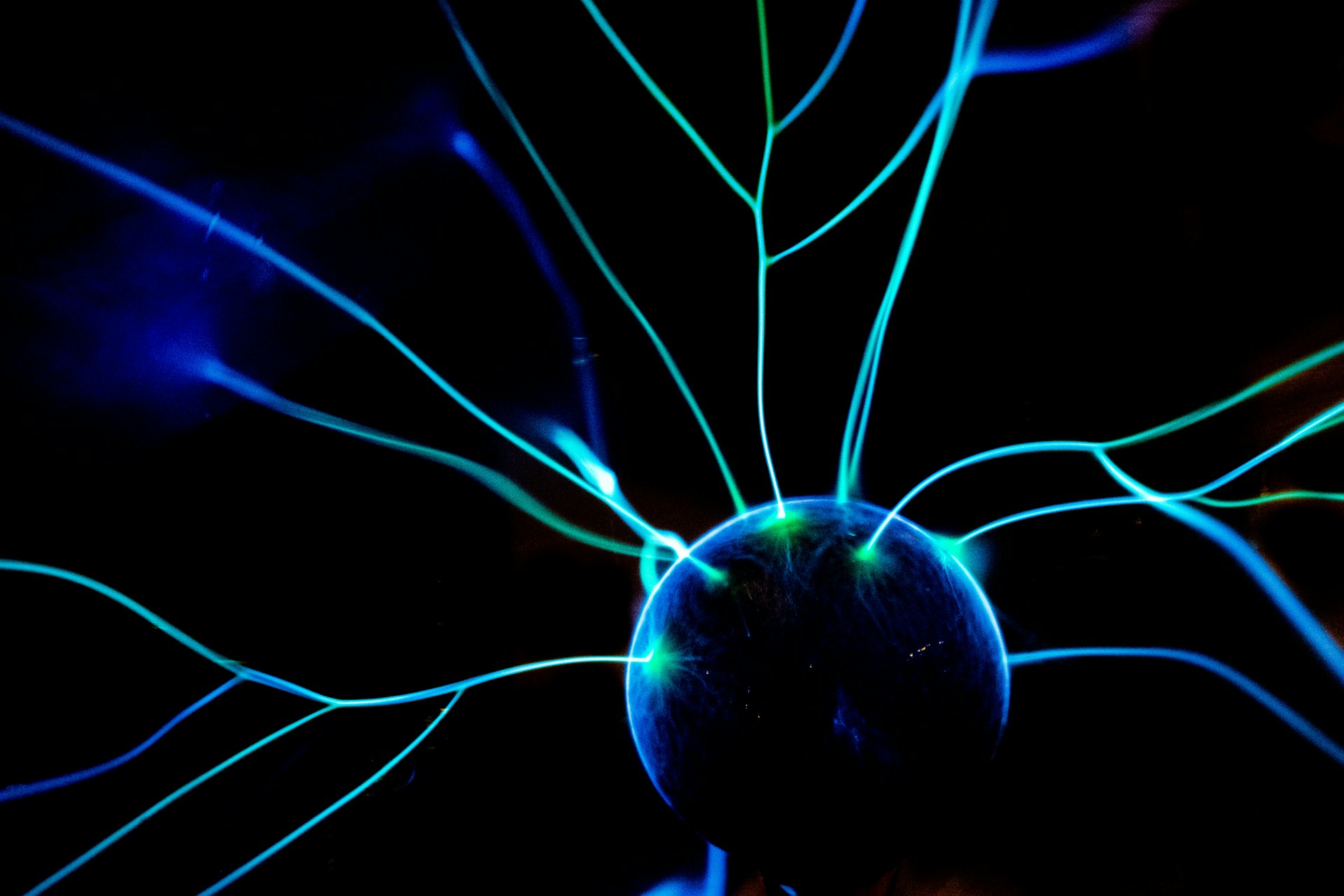Introduction
In a groundbreaking experiment, researchers led by Juan Carlos Izpisua Belmonte successfully created the first human-monkey chimera. The study, published in the journal Cell, describes an embryo containing both human and monkey cells that was cultured for 20 days. Belmonte aimed to study the critical early stages of development, which remain a mystery for human embryos during the first two or three weeks after fertilization. The evolutionary closeness between primates and humans made this research possible. However, the ethical implications of combining human cells with those from a different species raise serious concerns.
What Are Chimeras?
Chimeras are organisms composed of cells from more than one species. The name originates from ancient mythology, where a chimera was a creature with body parts from different animals. In modern science, chimeras involve merging cells from different fertilized eggs to create a single organism.
The Quest for Organs: A Life-Saving Endeavor
The shortage of donor organs for transplantation is a global crisis. Only about 10% of the demand is currently met, leaving many patients waiting in hope. Enter chimeras: a potential solution to this critical problem.
How Chimeras Are Created
- iPS Cells: Scientists transform human cells (e.g., from blood or skin) into induced pluripotent stem (iPS) cells. These cells can develop into any tissue type.
- Chimera Embryo: Human iPS cells are injected into a genetically modified pig embryo lacking a gene required for kidney growth.
- Surrogate Sow: The embryo is implanted into a surrogate sow, where it develops into a young pig with kidneys made of human cells.
- Transplantation: These human-cell-based kidneys can be transplanted into patients, extending their life expectancy.
The Moral Dilemma
- Ethical Concerns: The creation of human-animal chimeras raises profound ethical questions. How do we balance the potential benefits with the moral implications?
- Lines Blurred: The unique risk lies in blurring the boundaries between humans and animals. We must ensure research is conducted ethically and doesn’t cross societal lines.
The Future of Regenerative Medicine
Chimeras offer hope for regenerative medicine:
- Personalized Organs: Imagine growing your organs to replace failing ones.
- Stem Cell Insights: Chimeras help us understand stem cell dynamics and gene expression.
- Transplant Revolution: By melding human and animal cells, we could revolutionize organ transplantation.
In this quest, we must navigate the ethical paradox: advancing science while respecting natural and social orders. The road ahead is both promising and challenging.
Check out more articles!









One response to “Advancing Disease Modeling: Human-Animal Brain Chimeras with Stem Cells ”
[…] are several rationales for pursuing this line of research. Human-monkey chimeras could be created to study parts of the brain, for instance, so we can better […]